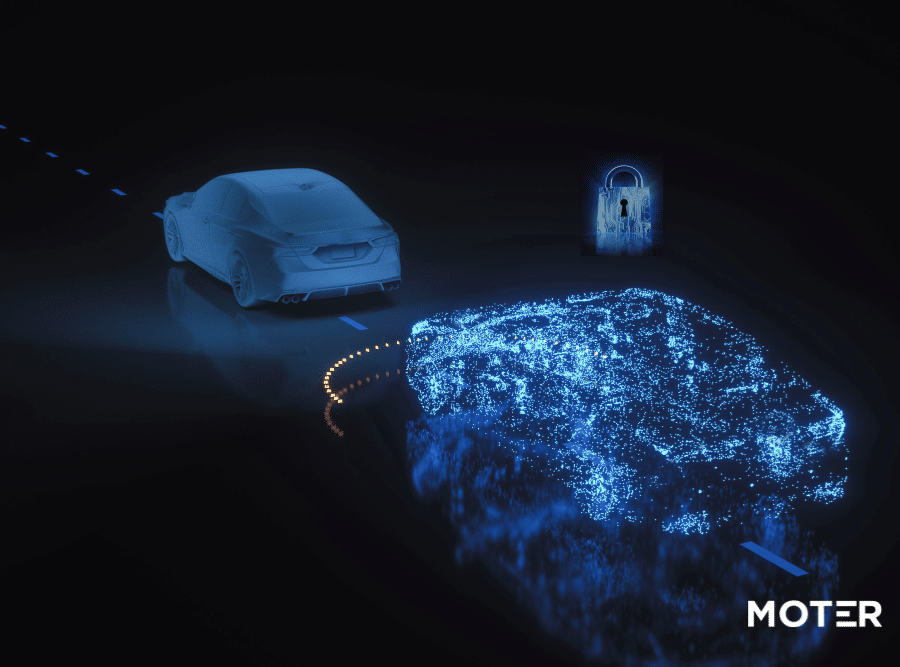Individual privacy has been a significant concern since at least the establishment of the 4th amendment to the US constitution in 1789. By the mid-twentieth century, both governments and businesses began to accumulate vast amounts of consumer data to enhance service delivery and marketing strategies. The U.S. Privacy Act of 1974 was enacted in response to governmental handling of citizen data, followed by the Health Insurance Portability and Accountability Act (HIPAA) in 1996, and the Gramm-Leach-Bliley Act (GLBA), also known as the Financial Services Modernization Act of 1999. With the advent of the internet and smart devices, corporations and special interest groups gained greater capability to utilize consumer preferences, activities, and location data. Regulatory responses included the General Data Protection Regulation (GDPR) in 2018, and the California Consumer Privacy Act (CCPA) in 2018.
Automotive companies have long been under the regulatory spotlight regarding data collection and usage policies. The GLBA, for instance, dictated how automotive dealers should inform their customers about the use of financial information. With the rise of connected vehicles, automakers now have the means to collect more extensive and often more sensitive information about vehicle owners. Last year, the California Privacy Protection Agency (CPPA) announced it would be reviewing the data privacy protections of connected vehicle manufacturers.
The focus of consumers and regulators on how consumer data is utilized by automakers and their partners represents a significant and positive shift. However, it is essential to recognize not just the privacy risks misuse of this data poses but the real value of this data for consumers and broader society. For example, anonymized and aggregated vehicle data from personal devices is used to provide traffic information for navigation systems and popular apps like Google Maps and Waze. Without such data, these traffic services would not be possible. Similarly, governmental agencies use this data for urban planning, traffic signal phasing, and other public services that improve daily life in our communities.
Vehicle data also enables the delivery of highly personalized services to drivers and passengers. Personal seat and mirror settings can be transferred from one vehicle to another, and drivers can continue listening to a podcast started on their phone from their car during the morning commute.
Moreover, vehicle data significantly enhances driver safety. Drivers can be informed of upcoming obstacles, icy conditions, or speed restrictions through anonymized data from forward-facing cameras and other sensors, shared by a community of road users. Advanced Driver Assistance Systems (ADAS) and Autonomous Vehicle (AV) systems increasingly rely on high-definition maps generated in part by vehicles acting as probes within the road network.
The journey toward leveraging data for safer roads isn’t new. As cars got smarter with seat belts, airbags, and anti-lock brakes, insurance companies saw the real implications of a significant reduction in collisions and injuries due to advances in vehicle technology.
Insurance companies got in on the act, initially, by focusing on better evaluating risks through improved underwriting and utilizing demographic data to set premiums. This sparked collaborations with auto manufacturers to incorporate these safety features right from the design phase. Over the years, this partnership has grown to include joint R&D, data sharing, and co-marketing aimed at highlighting safety features in vehicles.
But what about involving the driver more actively? Enter Driver-in-the-Loop (DIL) safety programs, an approach that relies on real-time feedback and data analytics. These programs thrive on incentives that encourage drivers to engage and commit to safe driving. For example, financial rewards for safe driving habits can range from bonuses and cash rewards to insurance premium discounts.
These incentives are not just about money—they’re about encouraging a culture of safety. Auto manufacturers and insurers share the collected driving data (with the car owner’s consent) to tailor premiums more accurately and offer personalized driving tips. This data-centric approach helps insurers set fair premiums based on actual driving behavior and offers drivers the chance to lower their rates through cautious driving.
Applying advanced analytics and machine learning to very large driving data sets reveals patterns of behaviors that frequently lead to crashes. Identifying these patterns helps insurers anticipate potential risks and intervene with suggestions for improvement before accidents happen, optimizing pricing and improving safety outcomes. It’s a proactive strategy that benefits everyone by reducing accident rates and associated costs.
A major perk for drivers? Lower insurance costs and fewer risks on the road, thanks to their participation in safety programs. The real-time feedback mechanisms in these programs empower drivers to improve their driving habits actively, enhancing safety for everyone.
Moreover, this transparent approach strengthens the relationship between insurers and their clients, building trust and loyalty through clear communication about how driving behavior affects premiums.
In essence, safety programs like Driver-in-the-Loop are successful because they make safety a shared goal. Through financial incentives, gamification, and continuous learning, collaborations between auto manufacturers and insurers not only make roads safer but also engage drivers in a meaningful way, driving us towards a future with fewer accidents.
Driver data is private and rightfully belongs to the individual, yet it presents an opportunity to leverage this information to provide vehicle owners enormous value by boosting their personal safety and convenience, reducing insurance expenses and vehicle repair costs, while contributing to societal harm reduction goals to the benefit of the broader community of road users.
MOTER Technologies | 21061 S. Western Ave, Ste 200 Torrance, CA 90501
For more information, visit the MOTER website at www.moter.ai or email info@moter.ai.


